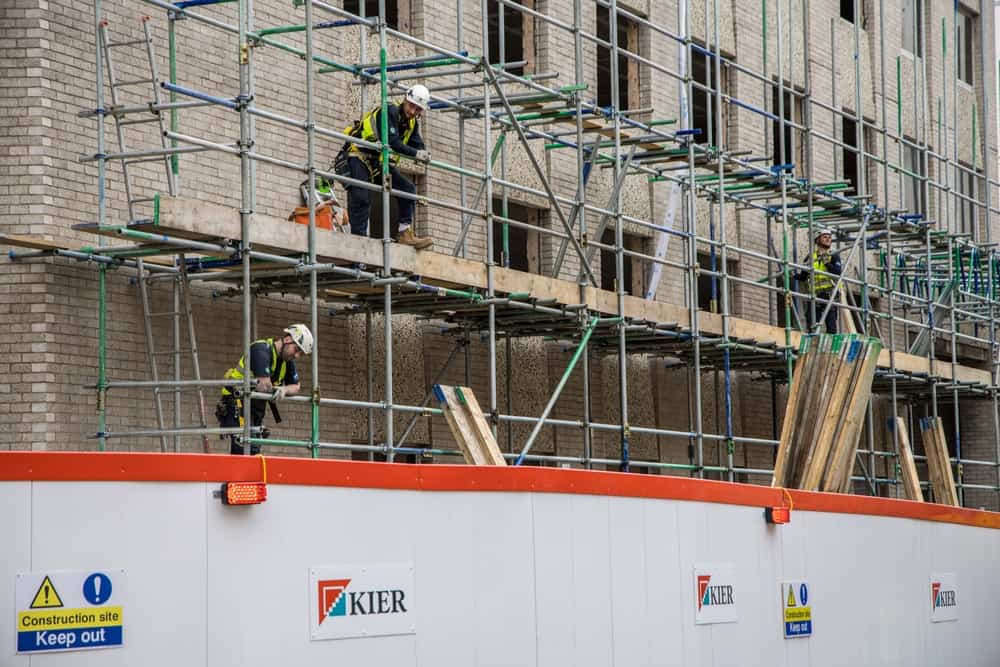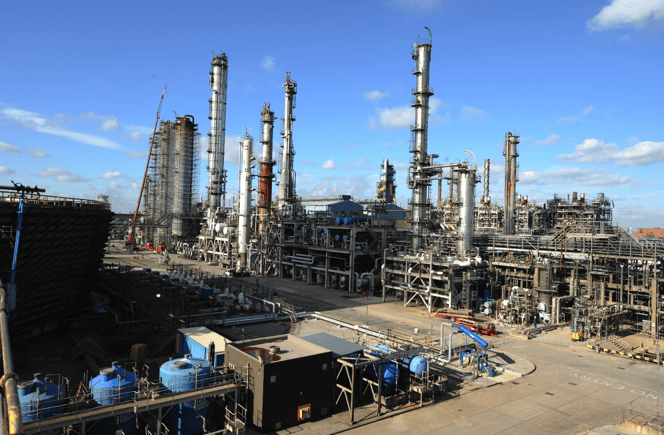Unite, the union, has raised grave concerns over the safety of workers in the industry after revealing that unannounced, proactive inspections by the Health and Safety Executive (HSE) have dropped to an all-time low.
According to data obtained through a Freedom of Information request by the union, there were only 7,647 unannounced inspections in the construction sector in 2022/23, marking a 2% decrease from the previous year’s 7,793 inspections.
Unannounced inspections are pivotal to maintaining safety standards within the UK’s most hazardous sector – construction. These unexpected assessments ensure that employers comply with safety regulations, providing a critical safeguard against potential risks to workers.
However, since the Conservative-led government enacted austerity cutbacks in 2010, the frequency of these proactive inspections has been on a constant downward spiral. In the fiscal year 2013/14, the HSE conducted 11,303 such inspections, indicating a staggering 32% decline over the past decade.
“The construction sector is not slowing down, and neither should the safety inspections. These alarming figures beg the question – how can construction workers be safeguarded if inspections continue to decline?” questioned Sharon Graham, Unite general secretary.
Construction, marked as the UK’s most dangerous industry, has seen an unnerving drop in oversight, increasing fears of unsafe work conditions and raising questions about the sector’s commitment to worker safety. Graham stressed the unacceptability of compromising construction safety in such a manner.
Jerry Swain, Unite national officer, further illuminated the risks posed by this trend. “Many construction employers have shown a willingness to play fast and loose with safety standards. The fear of getting caught during these inspections has been the primary deterrent keeping them on the straight and narrow,” he stated.
With a decrease in the frequency of inspections, there are fears that the tendency to cut corners on safety protocols might increase, resulting in an even riskier working environment for construction employees.
An HSE spokesperson said: “Britain continues to be one of the safest places to work in the world. Counting the number of inspections we carry out is not the only way that we measure impact. Over the past ten years, we have focused on the areas of greatest risk and targeted our inspection activity using insight and intelligence.
“Our inspections are only one part of what we do to keep people safe. We use a range of regulatory tools to improve health and safety, such as working to influence industries and providing free, clear, and accessible guidance.”




